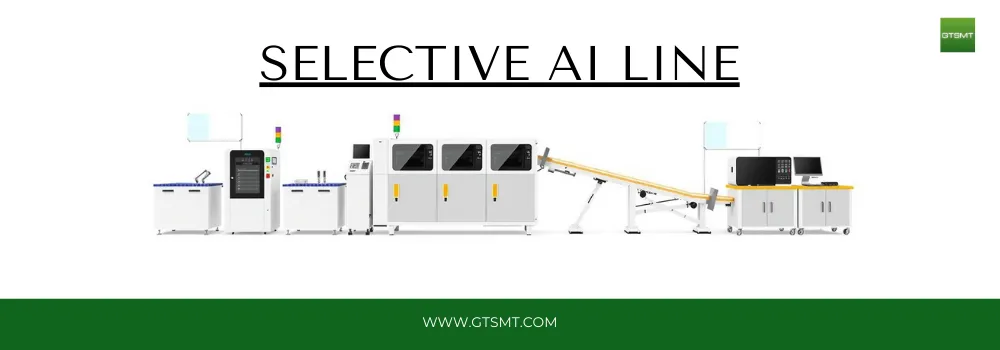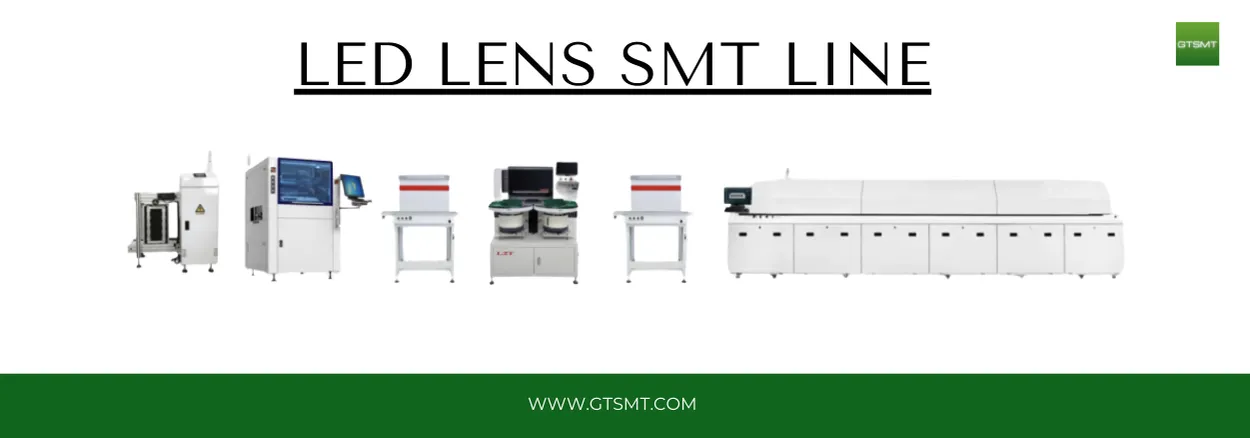Top PCB Loader Machines for Efficient Production in 2025
A Vital Component in Modern Electronics Manufacturing
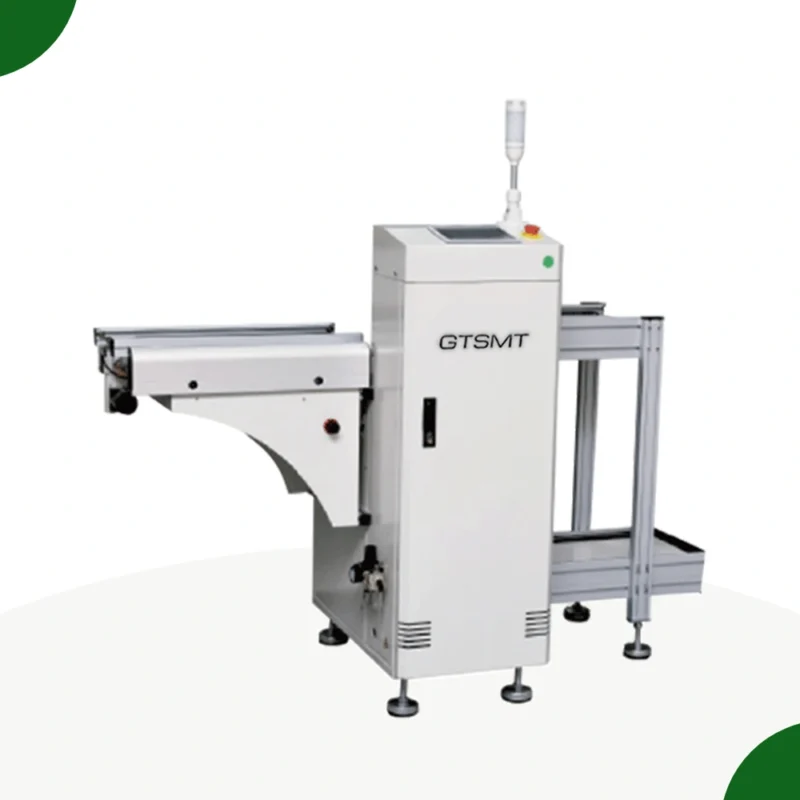
PCB loader machines play an essential role in the world of electronics manufacturing. These machines are responsible for handling printed circuit boards (PCBs), which are used to connect electronic components in virtually every modern device. Whether it’s in smartphones, computers, or other tech gadgets, PCB loader machines ensure that PCBs are fed into production lines efficiently and with precision.
How Does a SMT Automatic PCB loader Machine Work?
SMT Automatic PCB loader machine automates the process of loading PCBs into automated assembly lines. It helps ensure that the PCB enters the line in an orderly fashion, without the need for manual intervention. Essentially, a PCB loader is designed to streamline the initial phase of the manufacturing process, reducing the chances of errors and improving efficiency.
Key Components of smt automatic PCB loader
- Conveyor Belt: This is the most common component that transports the PCB from one station to another.
- Feeder Mechanism: This is responsible for feeding the PCB into the machine with precise placement.
- Sensors: These detect the alignment and position of the PCB to ensure accurate loading.
- Controller System: It directs the entire process, adjusting settings to match production requirements.
Types of PCB Loader
There are three main types of PCB magazine loader machines : manual, semi-automatic, and fully automatic.
Manual
In a manual loader, operators manually place the PCB onto a conveyor belt. This method is typically slower but may be suitable for small-scale or customized production.
Semi-Automatic
A semi-automatic loader allows for more automation than manual loading, reducing human input while still requiring some manual adjustments for placement or alignment.
Fully Automatic
A fully automatic PCB loader is the most advanced, requiring no manual intervention at all. It automatically feeds PCBs into the production line, ensuring high-speed and high-precision assembly processes.
Features to Look :
When choosing a PCB loader machine, there are a few key features to consider that will ensure smooth operation and long-term effectiveness.
Precision and Accuracy
The accuracy of the PCB loader is crucial to ensuring that each board is perfectly aligned. A loader with advanced sensors and feedback systems will reduce the risk of misalignment and defective products.
Speed and Efficiency
The loader should operate at a high speed without compromising the quality of the process. Speed is critical for meeting production targets, especially in high-volume manufacturing.
Flexibility and Compatibility
The loader should be compatible with different types and sizes of PCBs. Flexibility in design allows for a wider range of products to be produced on the same equipment.
Benefits of Using PCB Loader Machines
Using an smt automatic PCB loader machine offers several significant advantages in the manufacturing process.
Increased Productivity
Automating the PCB loading process reduces the time it takes to load and move the boards into production, allowing for more boards to be processed in a shorter time.
Reduced Human Error
Manual handling of PCBs can lead to errors such as misplacement, alignment issues, or damage. A machine does not tire or make mistakes, ensuring high-quality output consistently.
Enhanced Safety
By reducing the need for human intervention, PCB loaders also help improve safety. There is less risk of injury from handling heavy or sharp components.
Applications of PCB loader and unloader
PCB loader machines are versatile tools used in various stages of electronics manufacturing.
Use in High-Volume Production
In large-scale production environments, machines are critical for meeting high demand while maintaining efficiency and accuracy.
Use in Prototype Development
Even for prototypes, PCB loaders are beneficial in ensuring that initial batches of PCBs are produced with consistent quality.
Use in Automated Assembly Lines
These machines are often integrated into automated production lines for assembling electronics, where speed and precision are key.
Challenges
Although PCB loader machines offer many benefits, they come with their own set of challenges.
Maintenance Requirements
Proper maintenance is vital to keeping the machine in good working condition. Regular inspection and part replacement may be necessary to avoid downtime.
Cost of Investment
While the long-term benefits are substantial, the initial investment for a high-quality PCB loader machine can be significant, especially for small businesses.
Compatibility with Different PCB Designs
Some PCB loader machines may not be compatible with all PCB designs, making it important to select a machine that fits your specific needs.
Choosing the Right Equipment
When selecting, consider factors such as your production volume, the types of PCBs you need to work with, and your available budget.
Assessing Production Needs
Understanding your production requirements will help determine whether a manual, semi-automatic, or fully automatic machine is most suitable.
Budget Considerations
While advanced machines are highly efficient, they come with higher costs. Balance the need for speed and efficiency with the budget constraints of your business.
Supplier Reputation and Support
Choosing a reputable supplier ensures not only the quality of the machine but also ongoing support and service.
Best PCB Loader Manufacturer
Several companies manufacture high-quality PCB loader machines.
Faroads.com: Known for their precision engineering and durable machines that excel in high-speed production lines.
GTSMT: Offers automatic loaders with customizable features for diverse PCB handling.
Bestsmt.com provides cost-effective smt line
generalsmt.com provides smt industry spare parts
How to Properly Maintain
Cleaning and Inspection
Routine cleaning is essential to keep dust, debris, and other contaminants from affecting the machine’s performance.
Troubleshooting Common Issues
Be familiar with troubleshooting steps for common issues such as misalignment, jams, or sensor malfunctions.
Regular Servicing
Schedule regular servicing with a professional to keep your machine running at peak efficiency.
The Future of PCB Loader Machines
The future is likely to be shaped by emerging technologies.
Technological Advancements
With innovations in AI and robotics, machines may feature even more advanced automation and data analysis for optimizing production.
Automation and AI Integration
AI systems can predict maintenance needs, optimize feeding speed, and even adjust processes in real-time to minimize errors and maximize efficiency.
Sustainability in Design
As the demand for sustainability grows, manufacturers are working on designing energy-efficient to reduce their environmental impact.
Conclusion
In conclusion, smt PCB loaders an essential tool in modern electronics manufacturing. Whether you’re working with high-volume production or small-scale prototypes, having the right machine can significantly improve efficiency, reduce errors, and boost productivity. Always consider your production needs, budget, and the type of PCBs you handle when selecting a PCB loader machine.
Q: What is an SMT PCB loader?
An SMT PCB loader is specifically designed for surface mount technology production lines, with features optimized for the precise handling requirements of SMT components.
How much maintenance does it require?
Most fully automatic loaders require regular cleaning, inspection, and preventative maintenance every 1-3 months, depending on usage volume and environment.
Can PCB loaders handle flexible circuit boards?
Some specialized PCB loading machines can handle flexible circuits, but you’ll need to verify this capability with the manufacturer as it requires specific handling features.
What’s the typical lifespan of a quality?
High-quality PCB magazine loader or SMT automatic loader should provide 7-10 years of reliable service with proper maintenance.
How long does it take to set up a PCB loader?
Modern PCB loaders with recipe storage can be set up for a new product in as little as 5-15 minutes, significantly faster than older manual adjustment systems.

 Pick and Place
Pick and Place
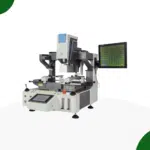 Rework Station
Rework Station
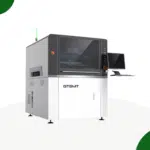 Solder Paste Printers
Solder Paste Printers
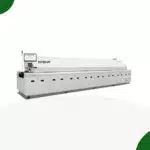 Reflow Ovens
Reflow Ovens
 Reel Storage System
Reel Storage System
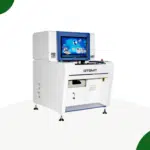 AOI & SPI INSPECTION
AOI & SPI INSPECTION
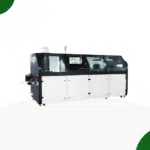 Soldering Machines
Soldering Machines
 Insertion Machine
Insertion Machine
 X-ray inspection
X-ray inspection
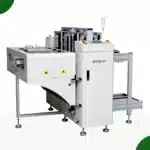 PCB Handeling
PCB Handeling
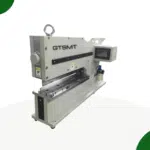 Depaneling Machine
Depaneling Machine

